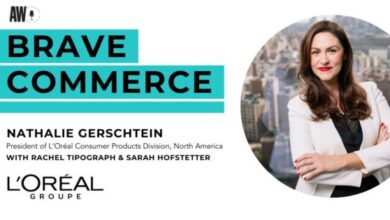
Noom, the health app that helps users build better eating habits, also recognizes how people make emotionally based decisions. Other dieting tools enforce a strict routine to lose weight, resulting in high drop-off rates. Noom, however, uses emography to understand core, perhaps uncomfortable, emotional motivators behind unhealthy eating habits, such as feelings of shame and isolation. From there, Noom ensured no food was fully restricted, instead coding items based on caloric density and creating a personalized system that encourages a positive relationship with food. This new spin on dieting resulted in strong brand loyalty—Noom boasts more than 50 million users and continues to iterate based on emographic practices and an understanding of habit formation.
The emography toolkit
There are specific neuroscience-backed research techniques that build emographic consumer insights. One example is the Zaltman Metaphor Elicitation Technique, a quantitative or qualitative methodology wherein respondents select or draw a picture that becomes a stand-in for subconscious emotions. There’s often a delta between what is thought and what is felt; by using metaphor elicitation methods, marketing insights teams can unearth consumer reactions and responses, and from there extrapolate the emotions—aspirations, fears, anxieties, excitement, insecurities—hiding below the surface to create more sophisticated consumer personas.
Another behavioral science methodology is Implicit Association Testing—a quantitative methodology that evaluates the strength of subconscious association between two things. For example, there is a strong association between the color green and the word “go,” and a weak association between green and the word “stop.” This technique can be used to understand the strength of connection between brands and brand identity elements. It is especially effective in evaluating brand fit at the subconscious level.
Getting into the consumer’s ‘heartset’
In marketing today, we aim to understand the mindset of our consumers. To be successful marketers in the future, we must now also understand their heartset—the underlying sea of emotions and beliefs people have about who they are and who they wish they were.
Heartset, or the aspirations driven by a person’s subconscious emotional makeup, is how consumers often make purchasing decisions. We see this clearly in the luxury category, as aspirational consumers may make purchases in response to deeper feelings of insecurity, which lead to desiring symbols of belonging and achievement associated with luxury goods. In real estate, consumers often make housing decisions based on heartset, perhaps imagining idyllic family scenes of children playing in a backyard or family meals around the perfect kitchen table. The strength of the heartset may outweigh the pull of the mindset, and we see consumers making purchase decisions that meet their emotional needs despite rational, financial or practical needs. In practical terms, marketing to the heart is more powerful than marketing to the mind.





